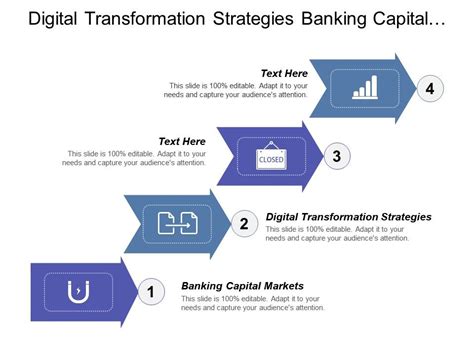Transforming a Bank: Post-Acquisition Strategies
Bank acquisitions are complex undertakings, involving significant financial investments and operational challenges. The true success, however, isn't measured solely by the deal's closing but by the post-acquisition integration and transformation. A well-executed post-acquisition strategy is critical for realizing synergies, maximizing value, and ensuring a smooth transition for customers and employees. This article explores key strategies for successfully transforming a bank post-acquisition.
Understanding the Acquisition Landscape
Before diving into post-acquisition strategies, it's crucial to understand the current banking landscape. The industry is undergoing rapid digital transformation, driven by fintech disruption and evolving customer expectations. Acquisitions often aim to address these challenges by gaining access to new technologies, expanding market reach, or bolstering specific areas of expertise. Therefore, a successful post-acquisition strategy must align with the broader industry trends and the specific objectives of the acquisition.
Key Post-Acquisition Strategies
1. Integration of Technology and Systems:
This is arguably the most challenging aspect of post-acquisition integration. Merging different IT systems, data centers, and software platforms requires meticulous planning and execution. A phased approach, focusing on critical systems first, is often preferred. Consider these aspects:
- Data Migration: A seamless data migration is crucial to avoid disruptions in service and maintain data integrity.
- System Compatibility: Ensuring compatibility between different systems is critical to prevent conflicts and operational issues.
- Cybersecurity: Integrating security protocols from both entities is paramount to protect sensitive customer data.
2. Customer Retention and Acquisition:
Retaining existing customers from both banks while attracting new ones is vital for long-term success. Strategies include:
- Customer Communication: Transparent and proactive communication with customers about the changes is key to building trust.
- Product Harmonization: Streamlining product offerings to eliminate redundancies and provide a consistent customer experience is essential.
- Enhanced Customer Service: Investing in improved customer service channels and technologies can enhance customer satisfaction.
3. Employee Retention and Integration:
The success of any acquisition hinges on the integration of the workforce. Strategies to retain and integrate employees include:
- Clear Communication: Open communication about the future of the combined entity is crucial to address employee concerns.
- Retention Incentives: Offering retention bonuses and other incentives can help retain key employees.
- Training and Development: Providing training opportunities to help employees adapt to the new organizational structure.
4. Cultural Integration:
Merging two distinct organizational cultures can be challenging. A successful integration requires:
- Identifying Shared Values: Focusing on shared values and goals to create a unified corporate culture.
- Building Bridges: Encouraging collaboration and communication between employees from both entities.
- Leadership Alignment: Ensuring that leadership from both organizations work together to create a cohesive vision.
5. Regulatory Compliance:
Navigating regulatory hurdles is a critical aspect of post-acquisition integration. Strategies include:
- Due Diligence: Thorough due diligence before the acquisition is essential to identify and mitigate potential regulatory risks.
- Compliance Training: Providing training to employees on relevant regulations and compliance procedures.
- Ongoing Monitoring: Continuously monitoring compliance with regulations to avoid penalties.
Addressing Potential Challenges
Several challenges commonly arise during post-acquisition integration:
- Cultural clashes: Differences in organizational culture can lead to conflicts and friction.
- Technology incompatibility: Integrating disparate technology systems can be complex and costly.
- Regulatory hurdles: Meeting regulatory requirements can be time-consuming and expensive.
- Employee morale: Uncertainty about the future can impact employee morale and productivity.
Measuring Success
The success of a post-acquisition transformation can be measured through various key performance indicators (KPIs), including:
- Customer satisfaction: Improved customer satisfaction scores indicate successful integration.
- Employee retention: High employee retention rates suggest a successful integration process.
- Financial performance: Increased profitability and efficiency demonstrate the value created by the acquisition.
- Market share: Growth in market share indicates the successful expansion of the bank's reach.
Ultimately, a successful bank transformation post-acquisition requires careful planning, proactive execution, and a strong focus on integration across all aspects of the business. By addressing the challenges proactively and monitoring key performance indicators, banks can maximize the value of their acquisitions and achieve long-term success in a rapidly evolving financial landscape.

